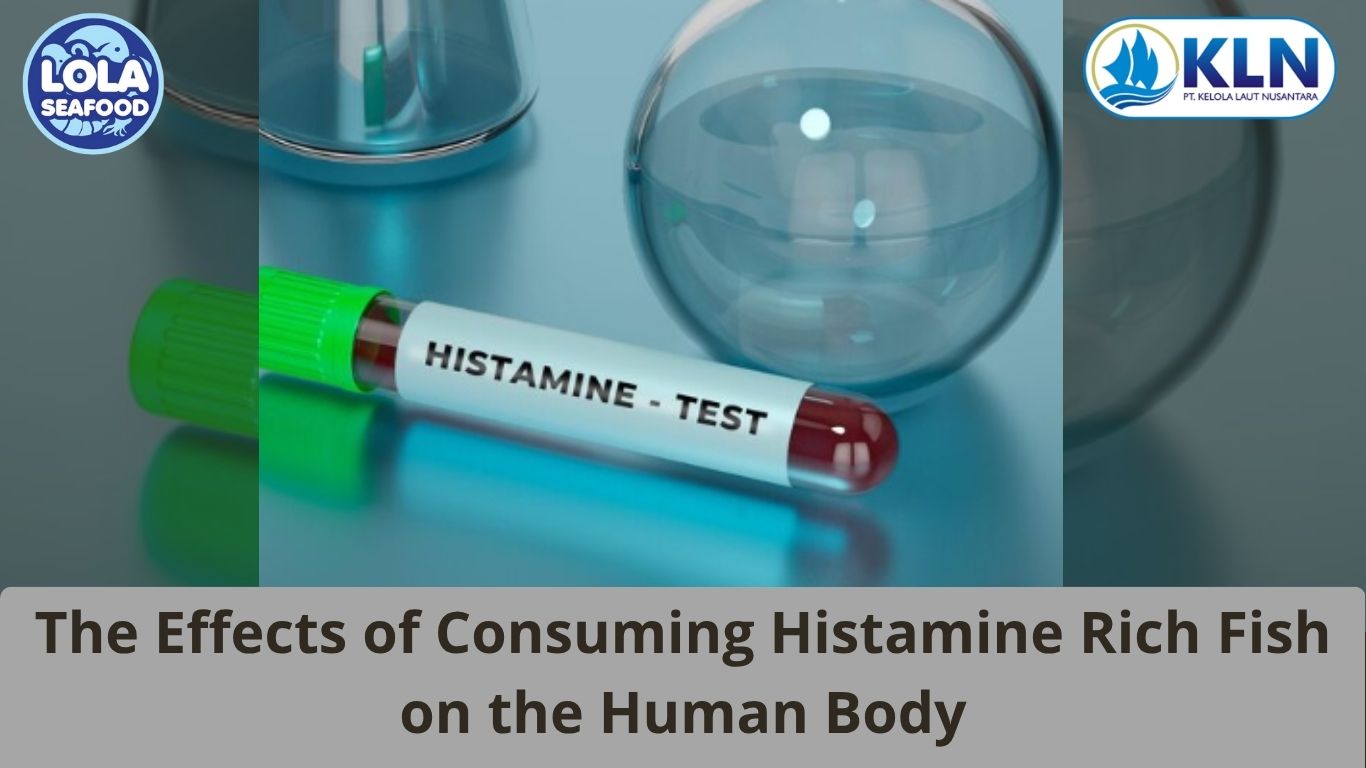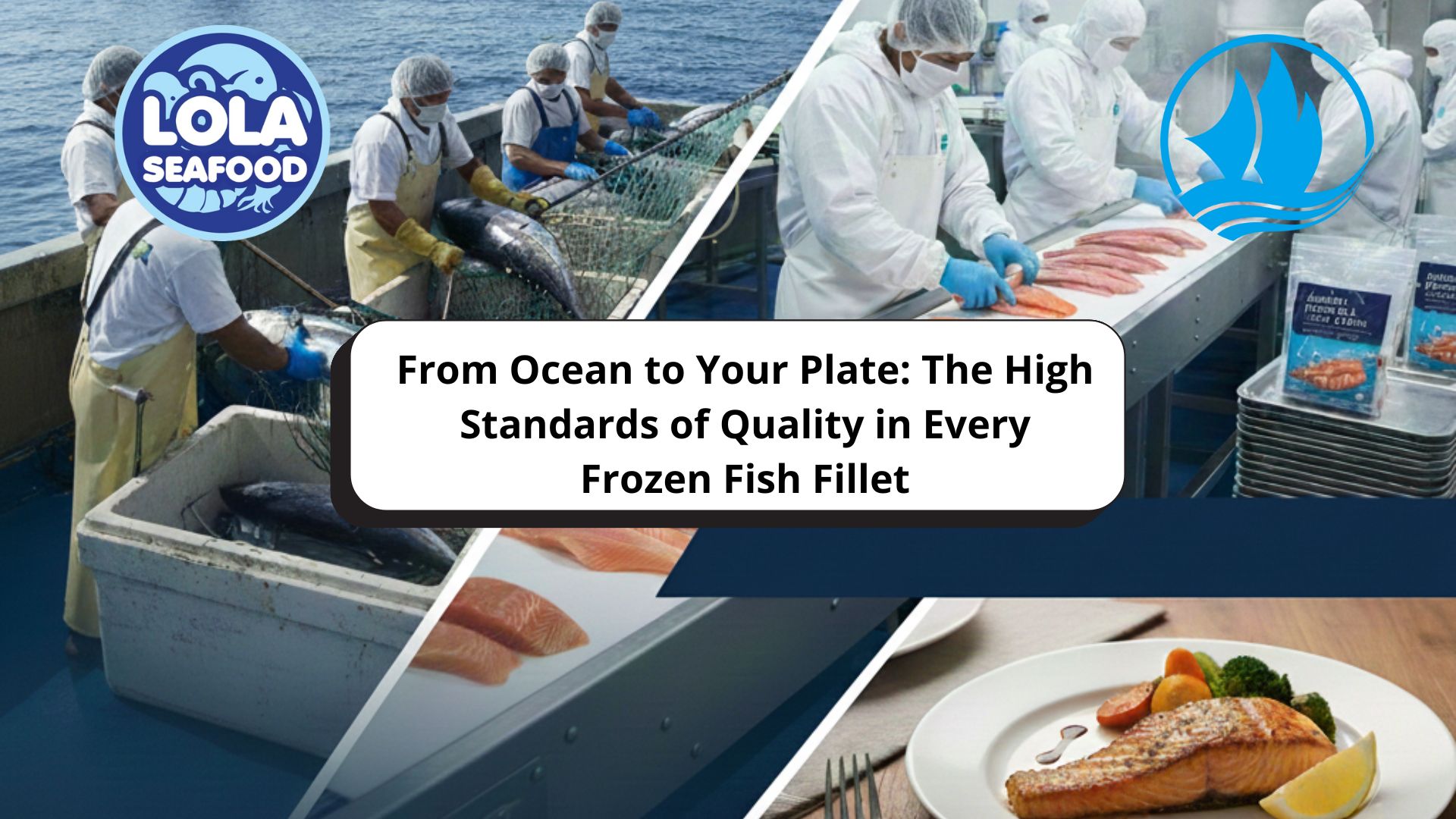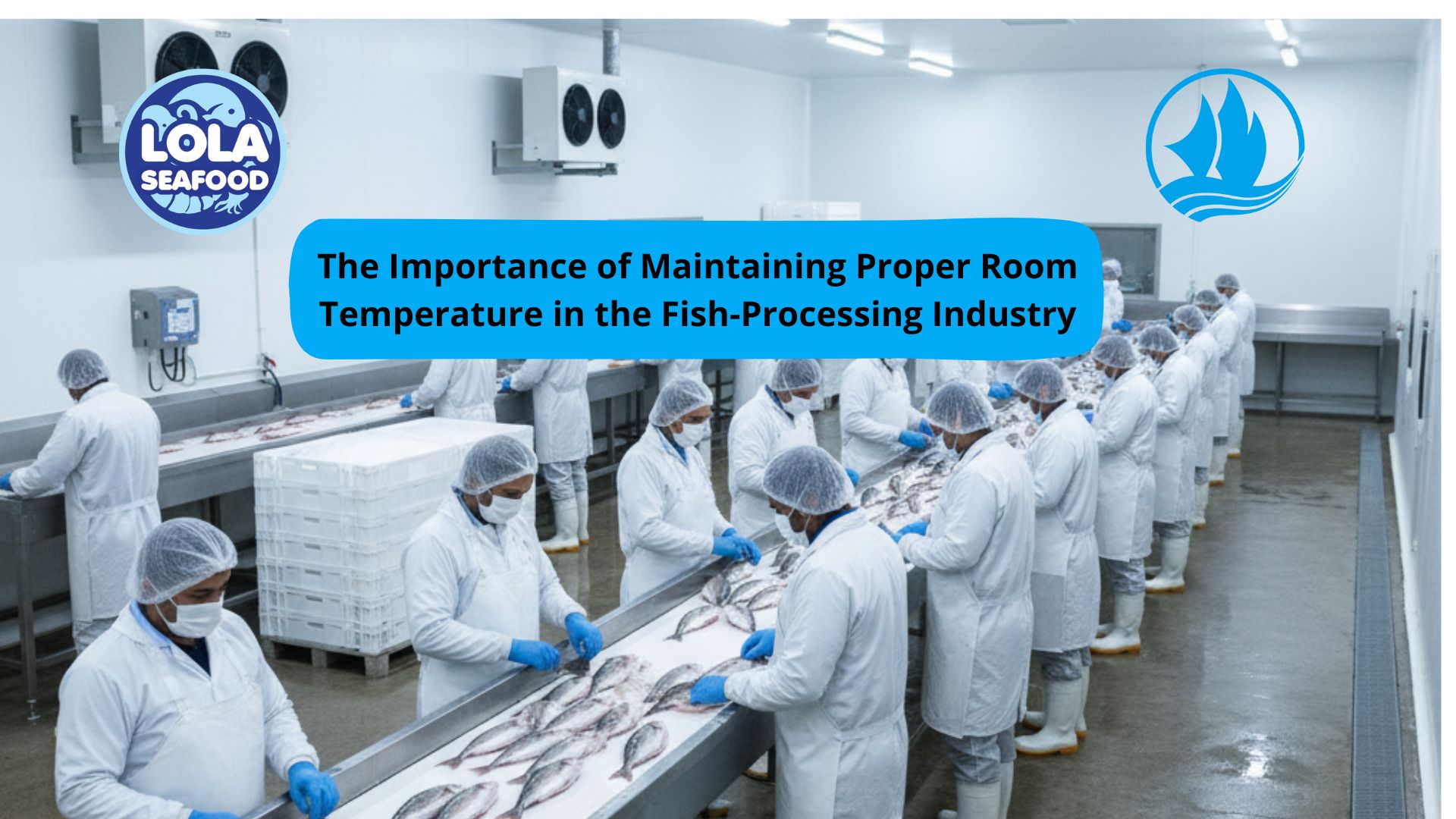The Effects of Consuming Histamine Rich Fish on the Human Body
By. Lutfi - 30 Sep 2025
Kelolalaut.com Fish is one of the most nutritious foods available, offering high-quality protein, essential fatty acids, vitamins, and minerals. However, under certain conditions, fish can also become a source of histamine, a biogenic amine that has both physiological roles and toxic potential. Histamine is naturally present in small amounts in many foods, but when fish is improperly stored or spoiled, bacteria convert the amino acid histidine into histamine at high levels. Consuming histamine-rich fish can lead to adverse health effects ranging from mild discomfort to serious illness. Understanding how histamine in fish affects the human body is essential for consumers, processors, and public health authorities alike.
How Histamine Forms in Fish
Certain types of fish, especially those from the Scombridae family such as tuna, mackerel, bonito, and sardines, are prone to histamine accumulation. These fish have high natural concentrations of free histidine in their muscle tissue. When the fish is not kept at the proper cold temperature after being caught, bacteria such as Morganella morganii or Klebsiella pneumoniae decarboxylate histidine into histamine.
Unlike many other forms of spoilage, histamine is heat-stable, meaning it is not destroyed by cooking, freezing, smoking, or canning. This makes prevention during handling and storage the only effective way to avoid excessive histamine formation.
Scombroid Poisoning: The Main Risk
The most well-known condition caused by eating histamine-rich fish is scombroid poisoning, sometimes called histamine fish poisoning. Symptoms usually appear within minutes to a few hours after consumption and often resemble an allergic reaction. Common signs include:
- Flushing of the face and skin
- Headache and dizziness
- Burning or tingling in the mouth and throat
- Hives, rash, or itching
- Abdominal cramps, nausea, and diarrhea
- Palpitations and low blood pressure in severe cases
Though symptoms are uncomfortable, scombroid poisoning is rarely life-threatening. Most cases resolve within several hours to a day, especially with treatment. However, in sensitive individuals, particularly those with asthma or heart problems, symptoms can become more serious.
Histamine’s Effects on the Body
When ingested in large amounts, histamine interacts with receptors throughout the human body, leading to various physiological effects:
- Cardiovascular system: Histamine causes blood vessels to dilate, which can lower blood pressure and lead to flushing or dizziness. In severe cases, rapid heartbeat or arrhythmias may occur.
- Skin: High histamine levels trigger itching, redness, and hives as a result of mast cell activation and increased blood flow.
- Respiratory system: Some individuals may experience wheezing or shortness of breath due to airway constriction.
- Digestive system: Histamine stimulates gastric acid secretion, leading to nausea, abdominal pain, and diarrhea when consumed in excess.
- Neurological system: Headaches and a sense of warmth or tingling are common, as histamine also acts as a neurotransmitter in the brain.
These effects mirror those of allergic reactions, which is why histamine poisoning is often misdiagnosed as a food allergy.
Risk Factors for Histamine Sensitivity
Not all individuals respond to histamine-rich fish in the same way. Several factors influence susceptibility:
- Enzyme activity: The enzyme diamine oxidase (DAO) is responsible for breaking down dietary histamine in the intestines. People with reduced DAO activity may experience more severe symptoms.
- Underlying health conditions: Individuals with asthma, allergies, or gastrointestinal disorders may react more strongly.
- Medication use: Some drugs, such as antidepressants, alcohol, or gastrointestinal medications, can interfere with histamine breakdown.
- Amount consumed: Higher concentrations of histamine or larger portions of fish increase the likelihood of poisoning.
Treatment and Prevention
Treatment for histamine poisoning is usually straightforward. Antihistamine medications are the most effective remedy, as they block histamine receptors and relieve symptoms quickly. In more severe cases, medical care may involve intravenous fluids or monitoring of cardiovascular and respiratory function. Prevention, however, is far more important than treatment. Key strategies include:
- Maintaining strict cold chain management from the moment fish is caught until it is cooked or processed.
- Rapid chilling of fish to below 4°C immediately after harvest.
- Avoiding consumption of fish that tastes unusually spicy, peppery, or metallic, as these are signs of high histamine content.
- Implementing good manufacturing practices (GMP) and hazard analysis critical control points (HACCP) in seafood processing plants.
Consuming histamine-rich fish poses a significant health risk, most commonly through scombroid poisoning. While not usually fatal, the effects on the cardiovascular, digestive, and neurological systems can be highly uncomfortable and alarming, often mistaken for allergic reactions. Since histamine cannot be destroyed by cooking or freezing, prevention through proper storage, handling, and processing is essential. For consumers, being aware of symptoms and seeking prompt treatment with antihistamines can minimize risks. For producers and regulators, strict control measures ensure that fish remains not only a source of nutrition but also a safe and reliable food.
If youre interested in our Red / Scarlet Snapper Fillet Portion , Red / Scarlet Snapper Fillet Skin On , Red / Scarlet Snapper Indonesian Seaperch Whole Round / Whole Gilled Gutted Scaled and Red / Scarlet Snapper Saddle Tailed Seaperch Whole Round / Whole Gilled Gutted Scaled please do not hesitate to contact us through email and/or Whatsapp




.jpg)

.jpg)

.jpg)